Free Printable Flag Day Worksheets for Kids
Flag Day worksheets are a great way to help kids learn about the history of the American flag while celebrating this important part of American heritage.
Observed every year on June 14, Flag Day marks the day in 1777 when the Second Continental Congress approved the design of the nation’s first flag.
Although President Woodrow Wilson issued a proclamation in 1916 to establish the holiday, it wasn’t until 1949 that it became a nationally recognized observance, thanks to President Harry Truman.
These free printable patriotic worksheets make it easy to combine art, history, and a little creativity. Whether you’re teaching about American symbols or looking for a meaningful way to recognize the day in your home or classroom.
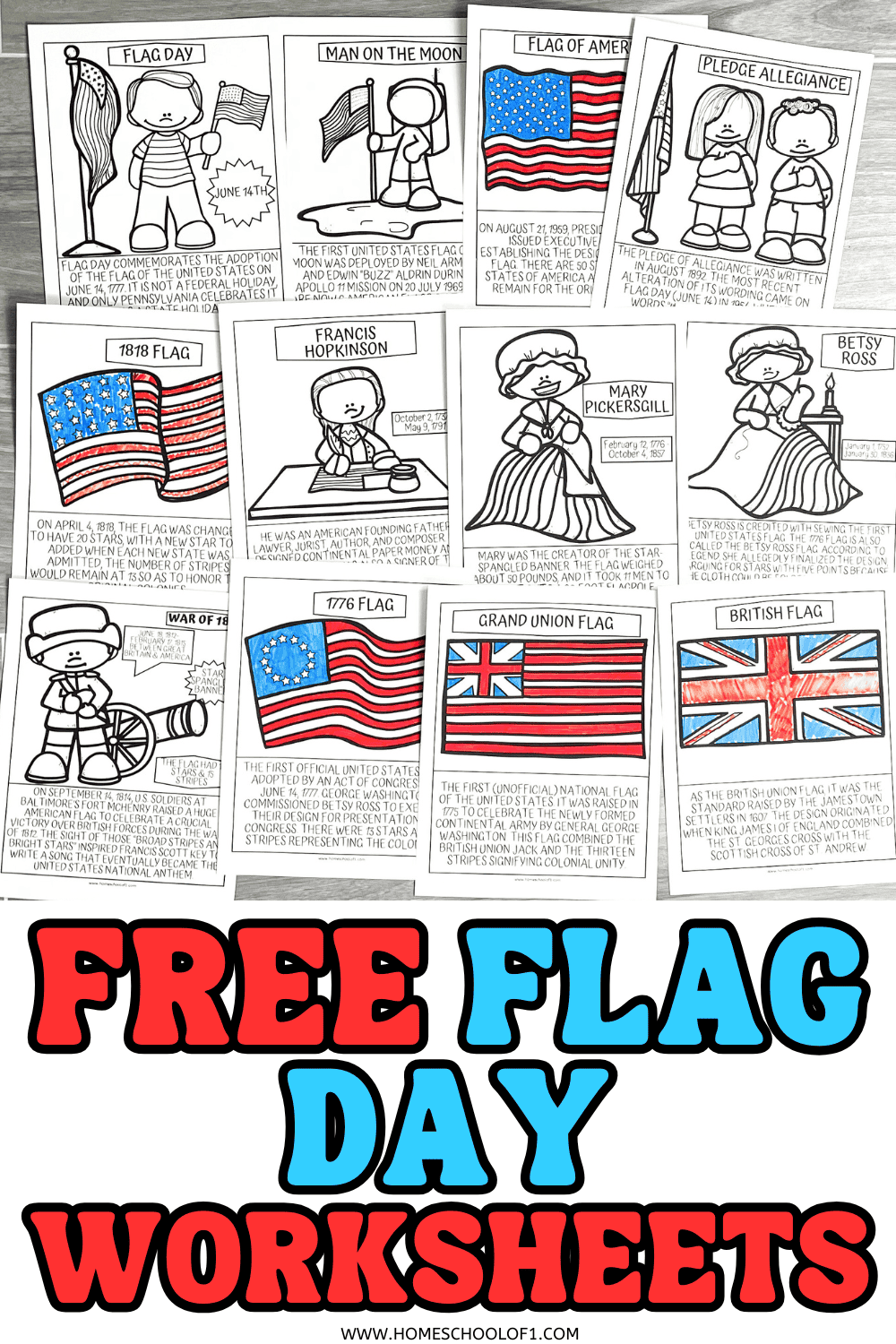
**This post may contain affiliate links. As an Amazon Associate and a participant in other affiliate programs, I earn a commission on qualifying purchases.**
American Flag History Worksheet
Explore the history of the American flag with these free Flag Day worksheets, perfect for adding to your history or social studies lessons.
These printable activities are ideal for second grade and up and make great additions to any patriotic celebration.
There are 12 free coloring pages for kids included, each highlighting an important moment, figure, or symbol in U.S. flag history. (Tip: Check your printer settings before printing to ensure the best quality.)
These American flag worksheets are free for personal and classroom use. To access the full set, simply scroll to the bottom of the page.
British Flag
The British Union Flag was the standard raised by Jamestown settlers in 1607.
The design combined the St. George Cross of England with the Scottish Cross of St. Andrew, symbolizing the early colonial ties to Britain.
(Also explore early explorers with these free Christopher Columbus worksheets.)
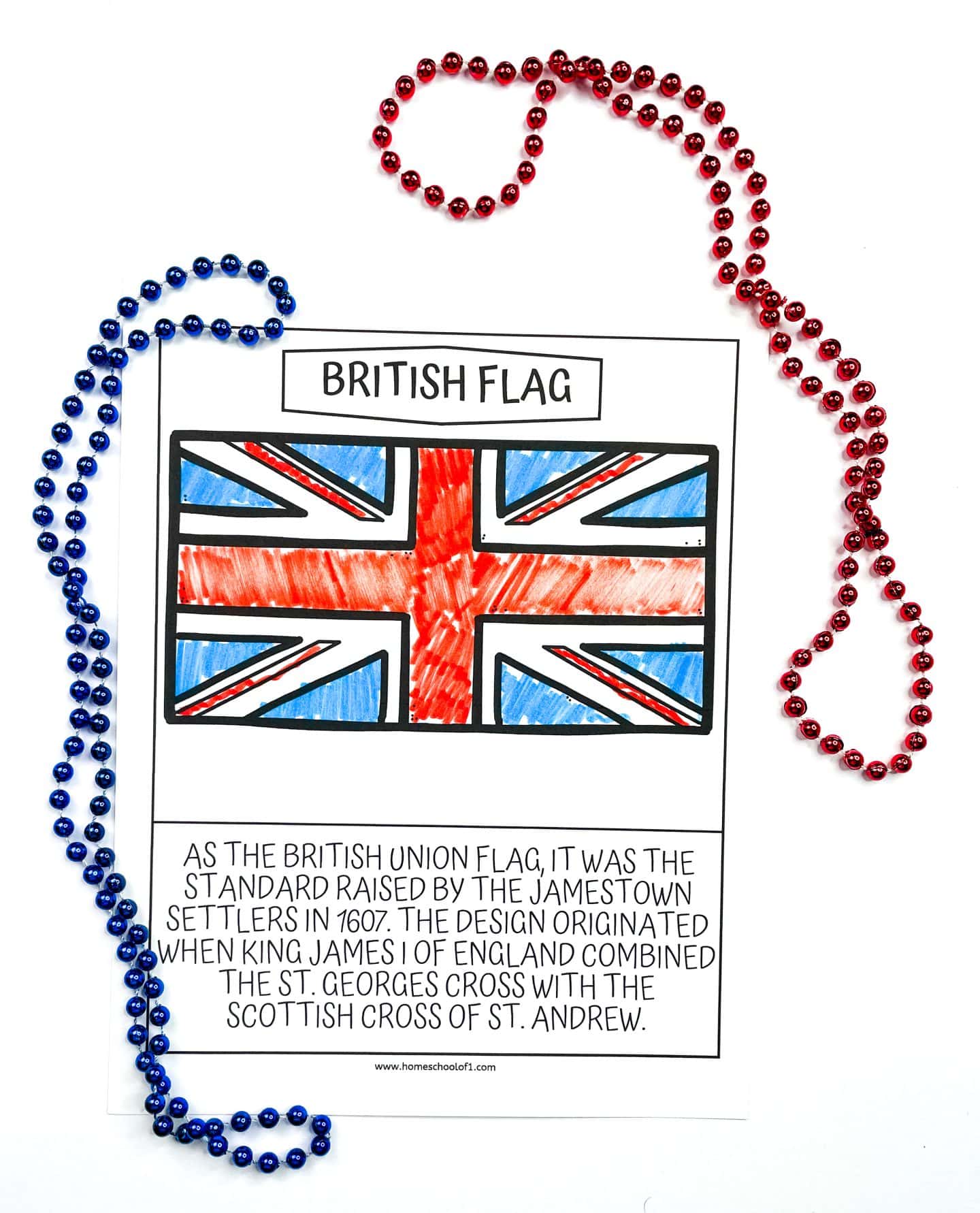
Grand Union Flag
The Grand Union Flag, raised in 1775 by General George Washington, served as the first unofficial national flag of the United States.
It combined the British Union Jack with thirteen red and white stripes, representing Colonial unity.
(For more about Washington’s role in American history, check out these George Washington worksheets.)
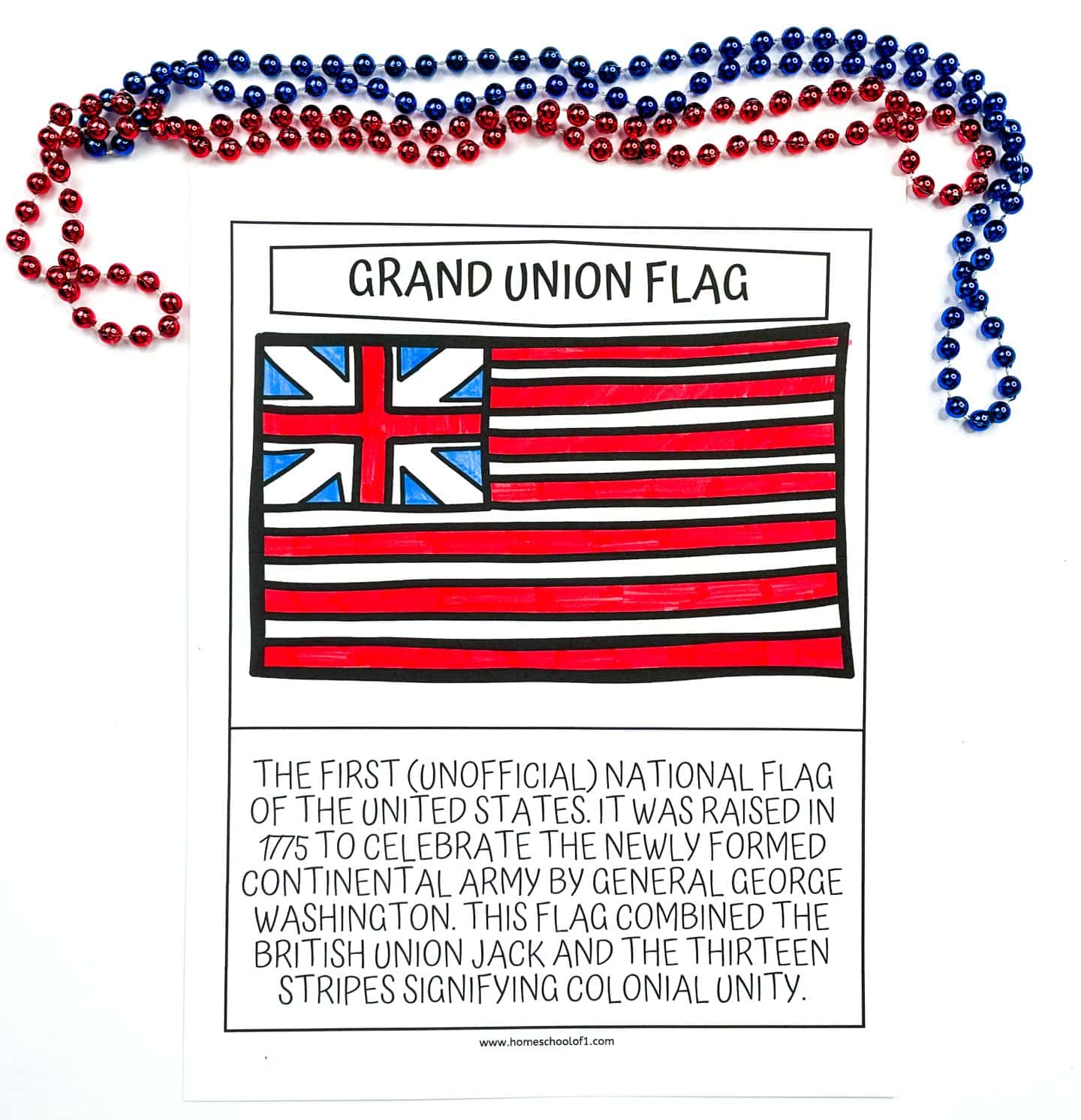
Francis Hopkinson
Francis Hopkinson (1737–1791) was a Founding Father, lawyer, and signer of the Declaration of Independence.
He designed the 1776 flag and helped create Continental paper money.
(Learn more about America’s founders with these Founding Fathers coloring pages.)
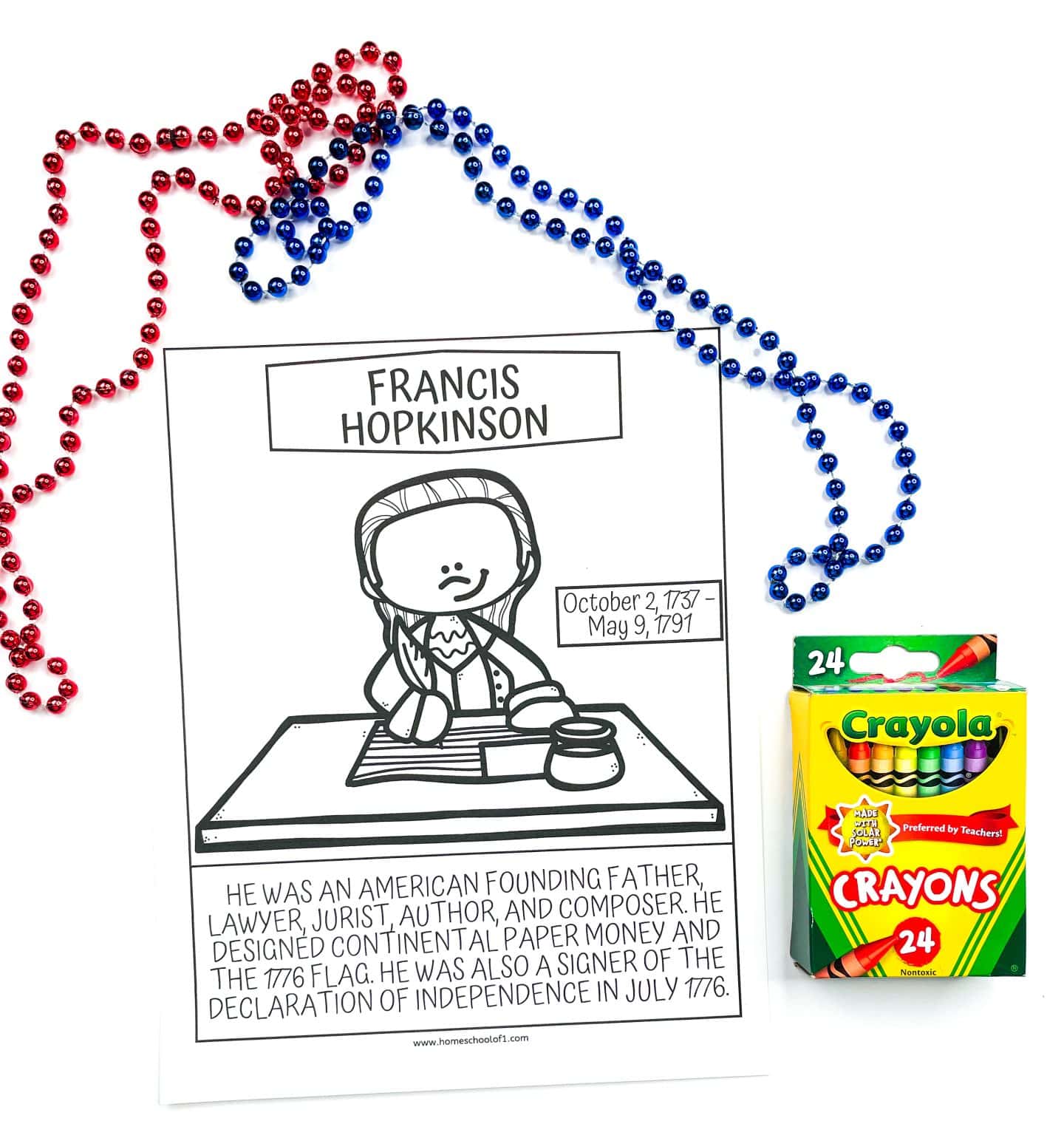
1776 Flag
On June 14, 1777, the first official United States flag was adopted by an Act of Congress.
George Washington commissioned Betsy Ross to sew the design, featuring 13 stars and 13 stripes to represent the original colonies.
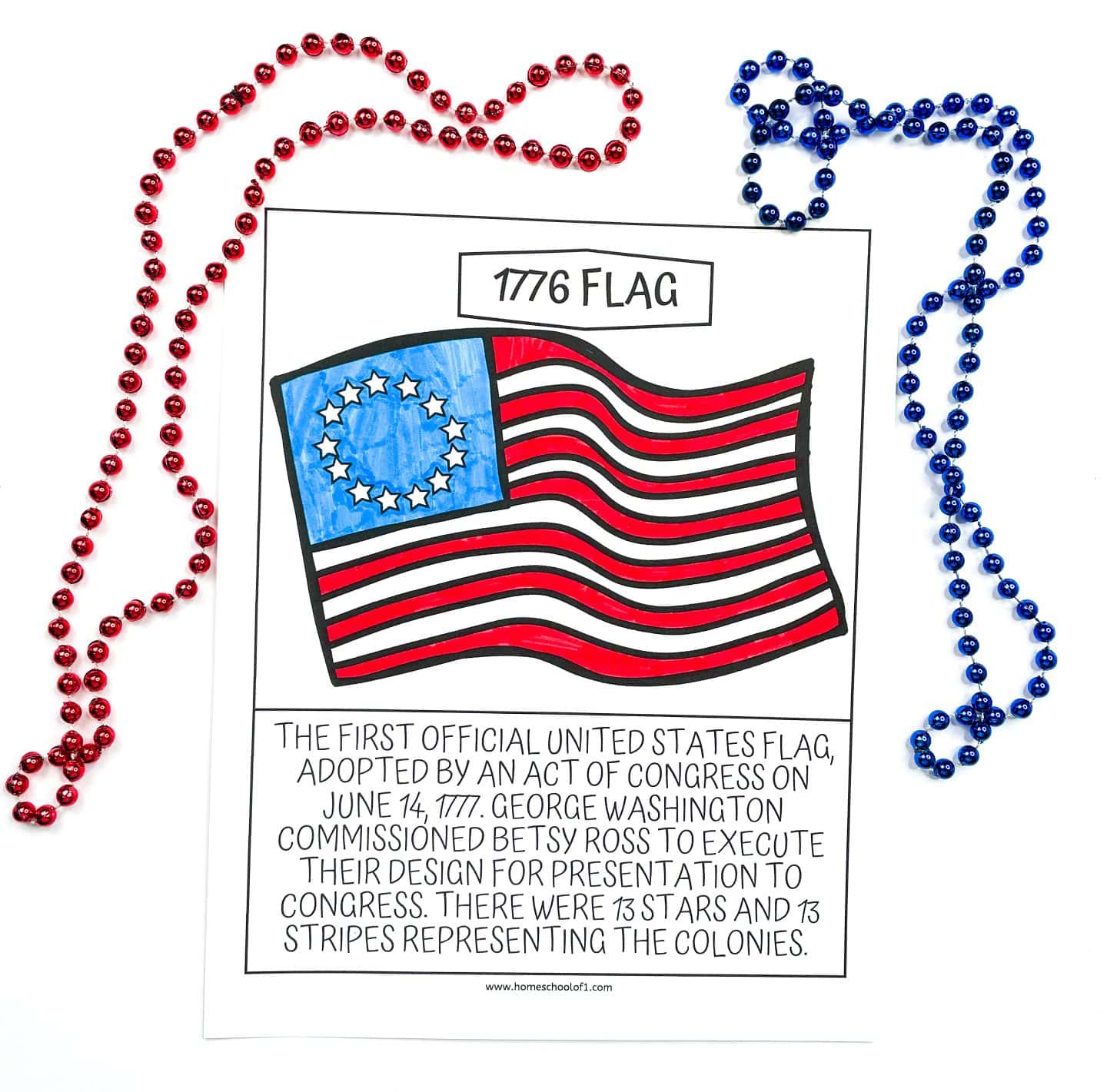
Betsy Ross
Betsy Ross (1752–1836) is famously credited with sewing the first American flag.
According to legend, she proposed the five-pointed stars because they could be folded and cut with a single snip.
(Interested in her story? “Who was Betsy Ross?” is a great kid-friendly read.)
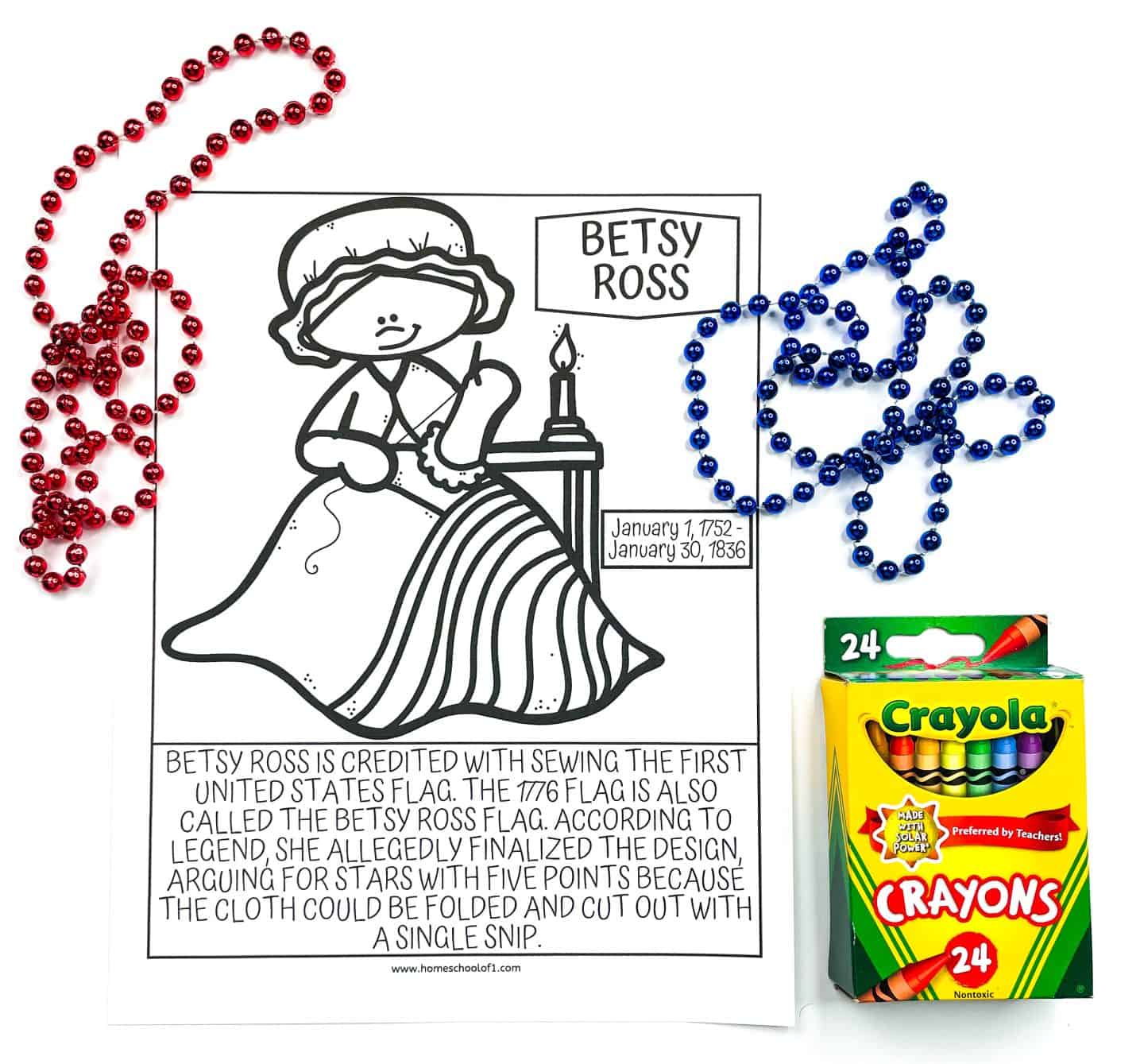
War of 1812
Between 1812 and 1815, the United States fought Great Britain again.
During this time, the “Star-Spangled Banner” with 15 stars and 15 stripes flew over Fort McHenry, inspiring Francis Scott Key to write the song that became the U.S. national anthem.
(“The Town that Fooled the British” is a wonderful storybook introduction to the War of 1812 for kids.)
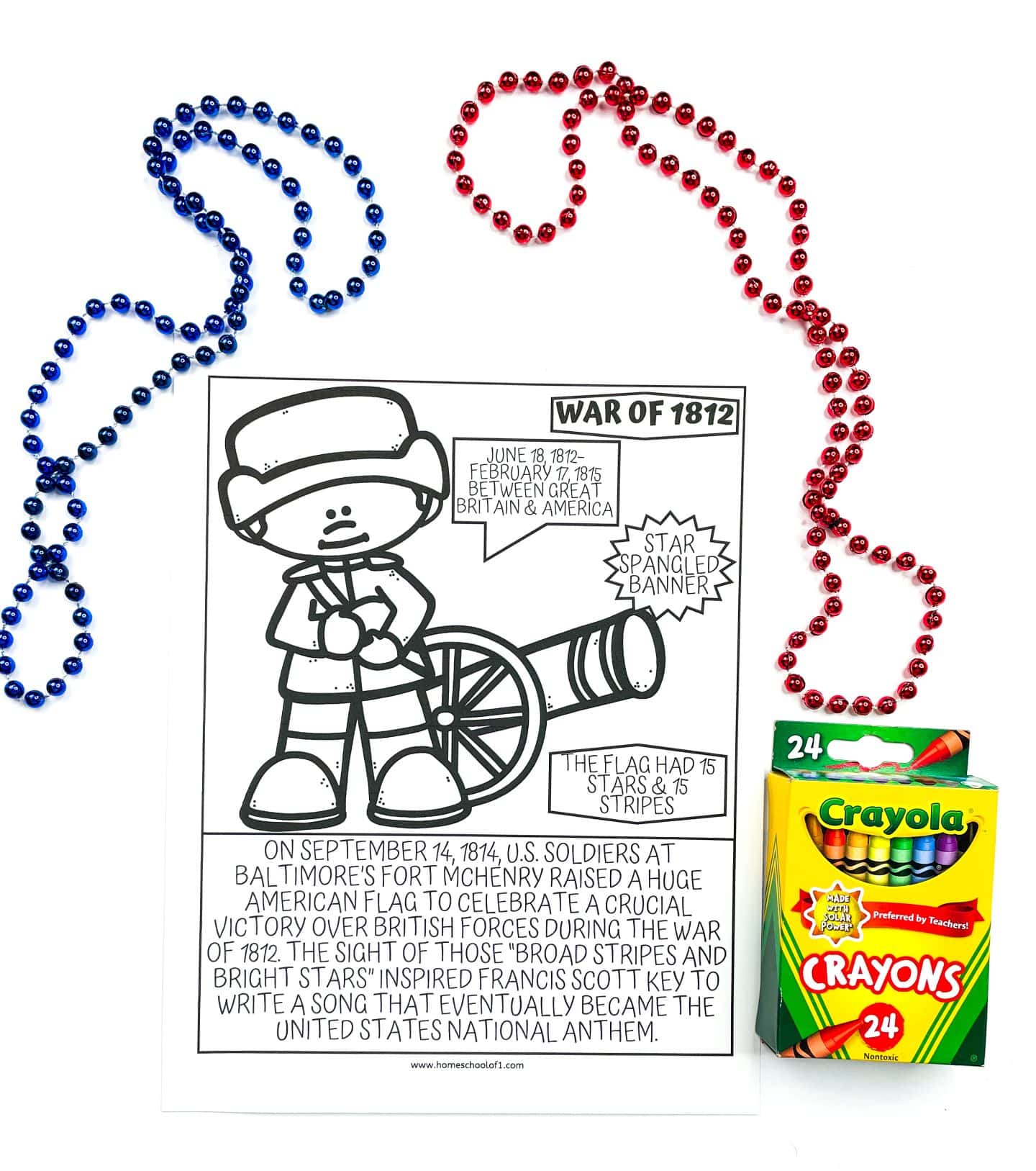
Mary Pickersgill
Mary Pickersgill (1776–1857) sewed the enormous Star-Spangled Banner flag displayed at Fort McHenry.
The flag weighed about 50 pounds and took 11 men to raise onto a 90-foot flagpole.
(For more about her life, “Our Flag Was Still There” is an excellent children’s book.)
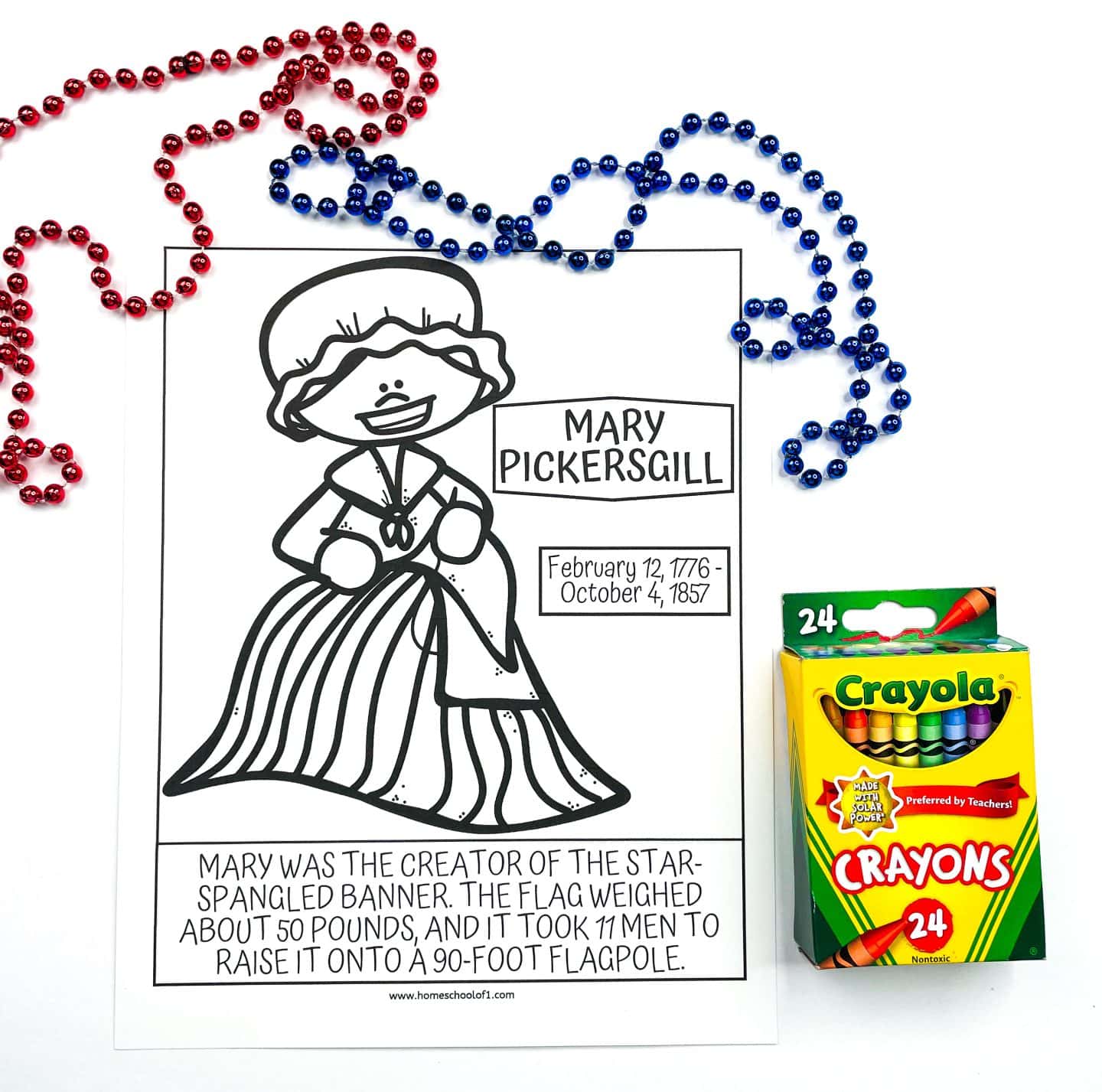
1818 Flag
On April 4, 1818, Congress updated the flag’s design to include 20 stars — one for each state — while keeping the stripes at 13 to honor the original colonies.
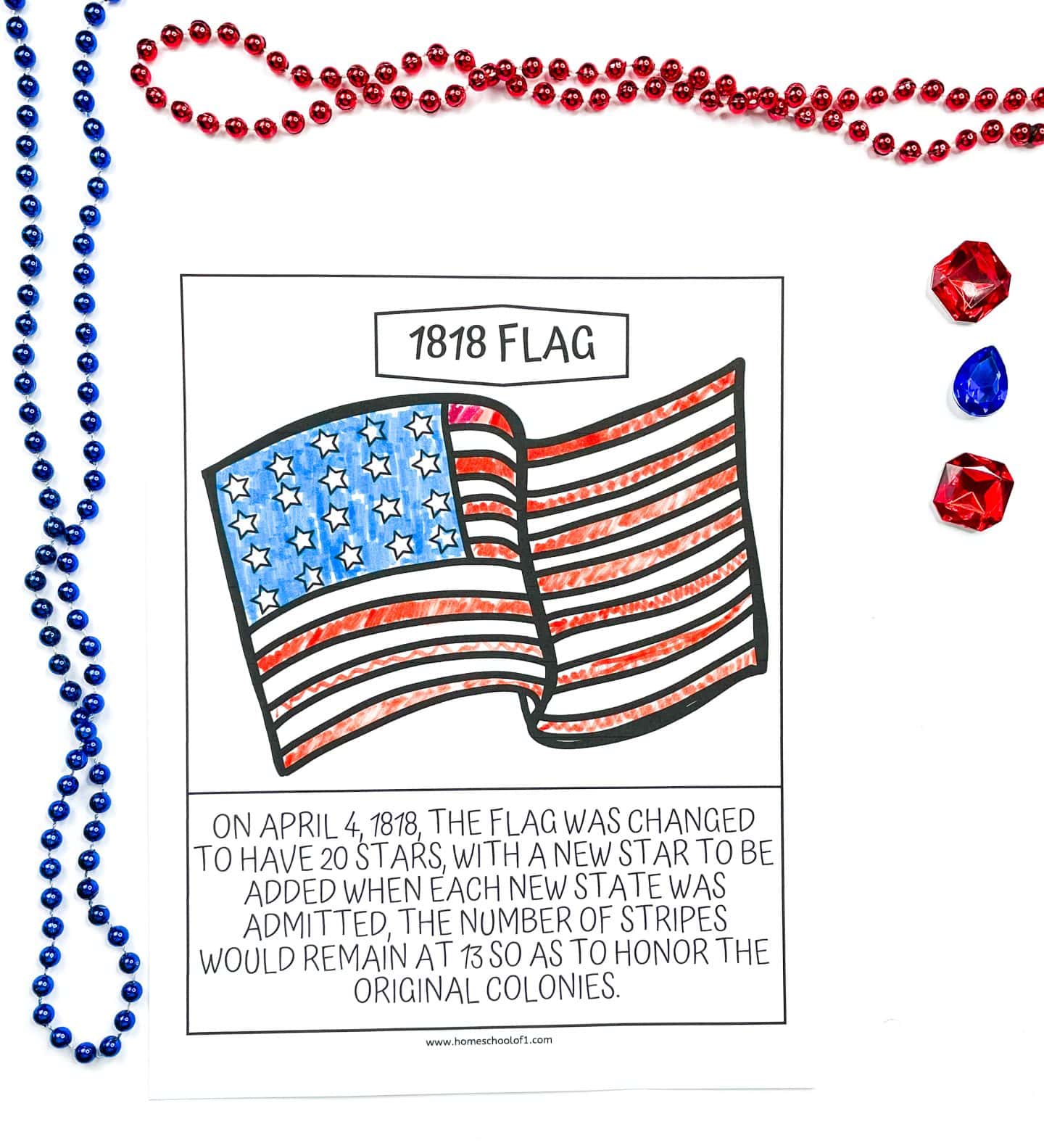
Pledge of Allegiance
The Pledge of Allegiance was written by Francis Bellamy in 1892.
The wording was updated on Flag Day in 1954 to include the phrase “under God.”
(Pair these activities with our Pledge of Allegiance coloring pages.)
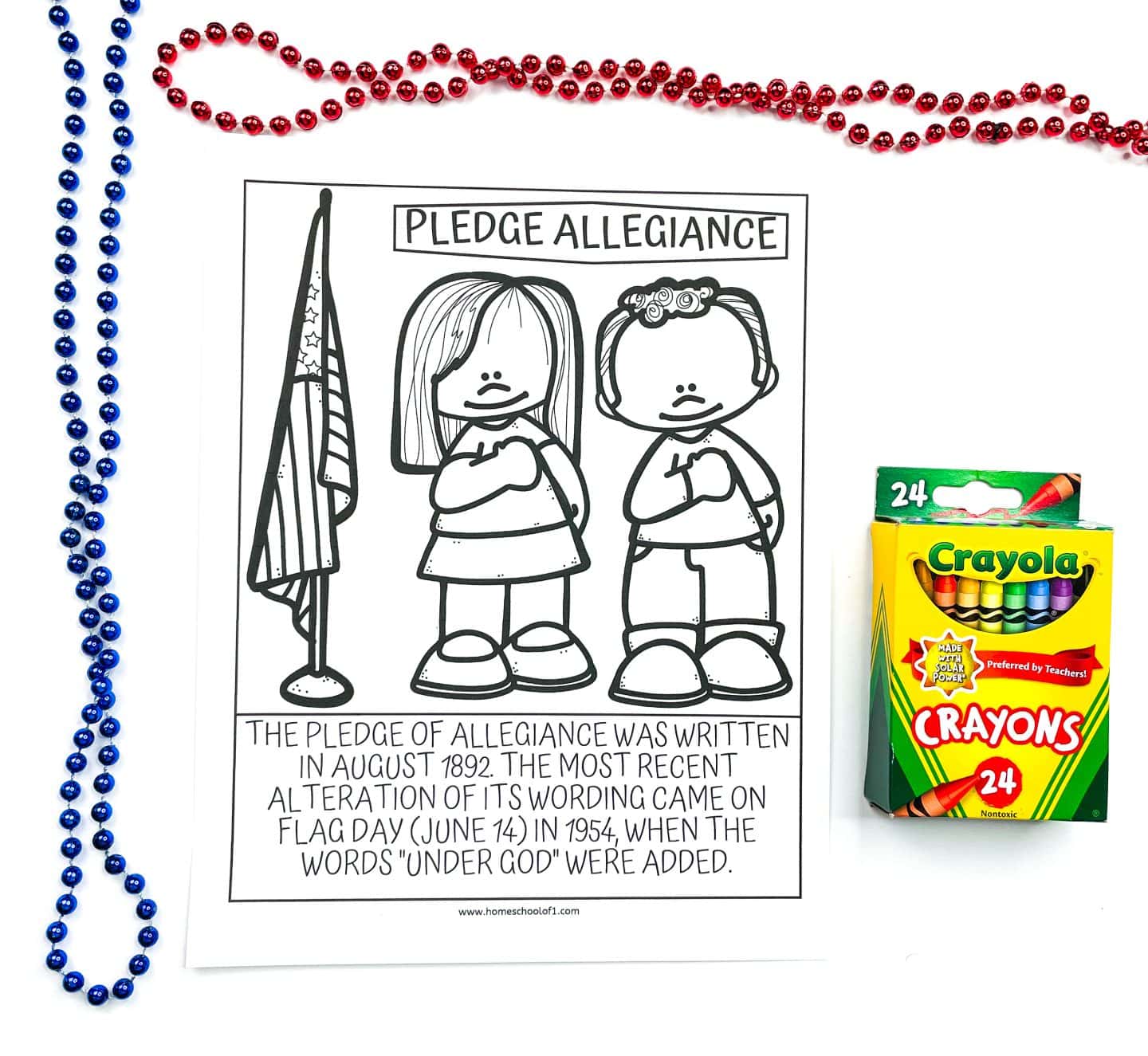
Flag Day
Flag Day, observed every June 14, commemorates the adoption of the American flag in 1777.
While it’s not an official federal holiday, Pennsylvania recognizes it as a state holiday.
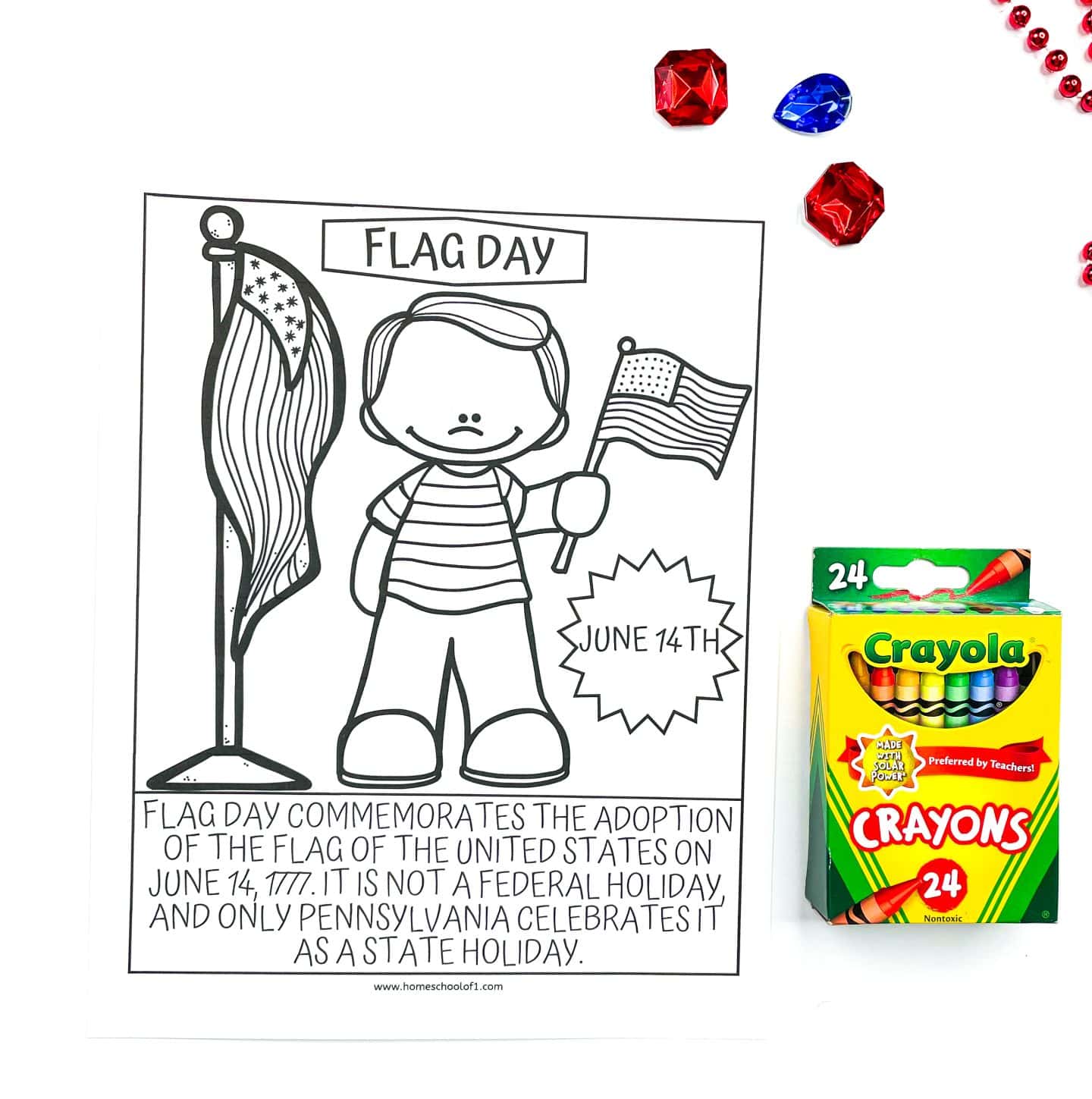
Flag of America
On August 21, 1959, President Eisenhower signed Executive Order 10834, establishing the modern 50-star flag to represent all 50 states.
The 13 stripes continue to honor the original colonies.
(Interested in learning more about Eisenhower? Take a look at this Dwight D. Eisenhower unit study.)
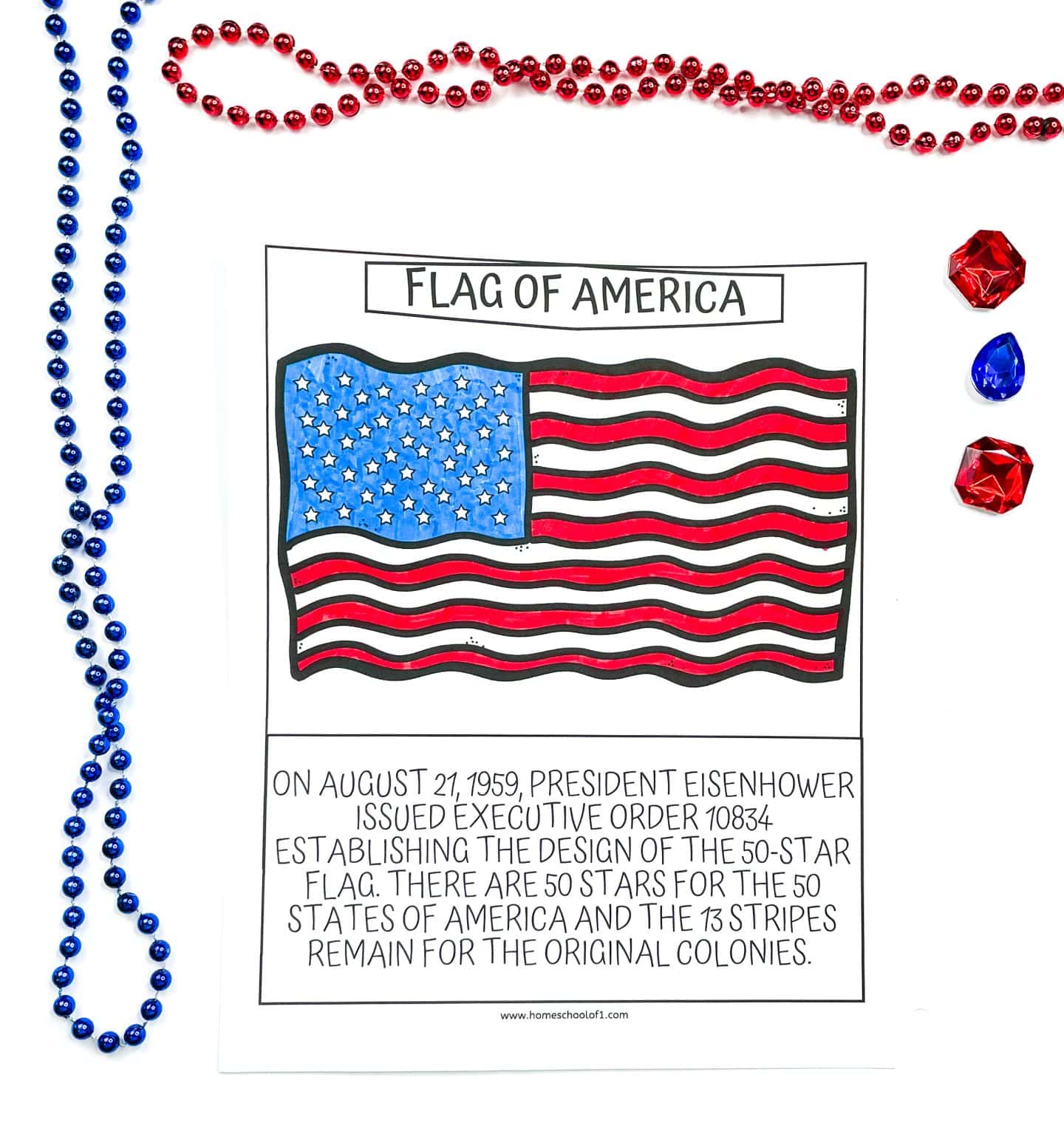
Man on the Moon
The first American flag planted on the moon was deployed by Neil Armstrong and Buzz Aldrin during the Apollo 11 mission on July 20, 1969.
Today, there are six American flags still standing on the lunar surface.
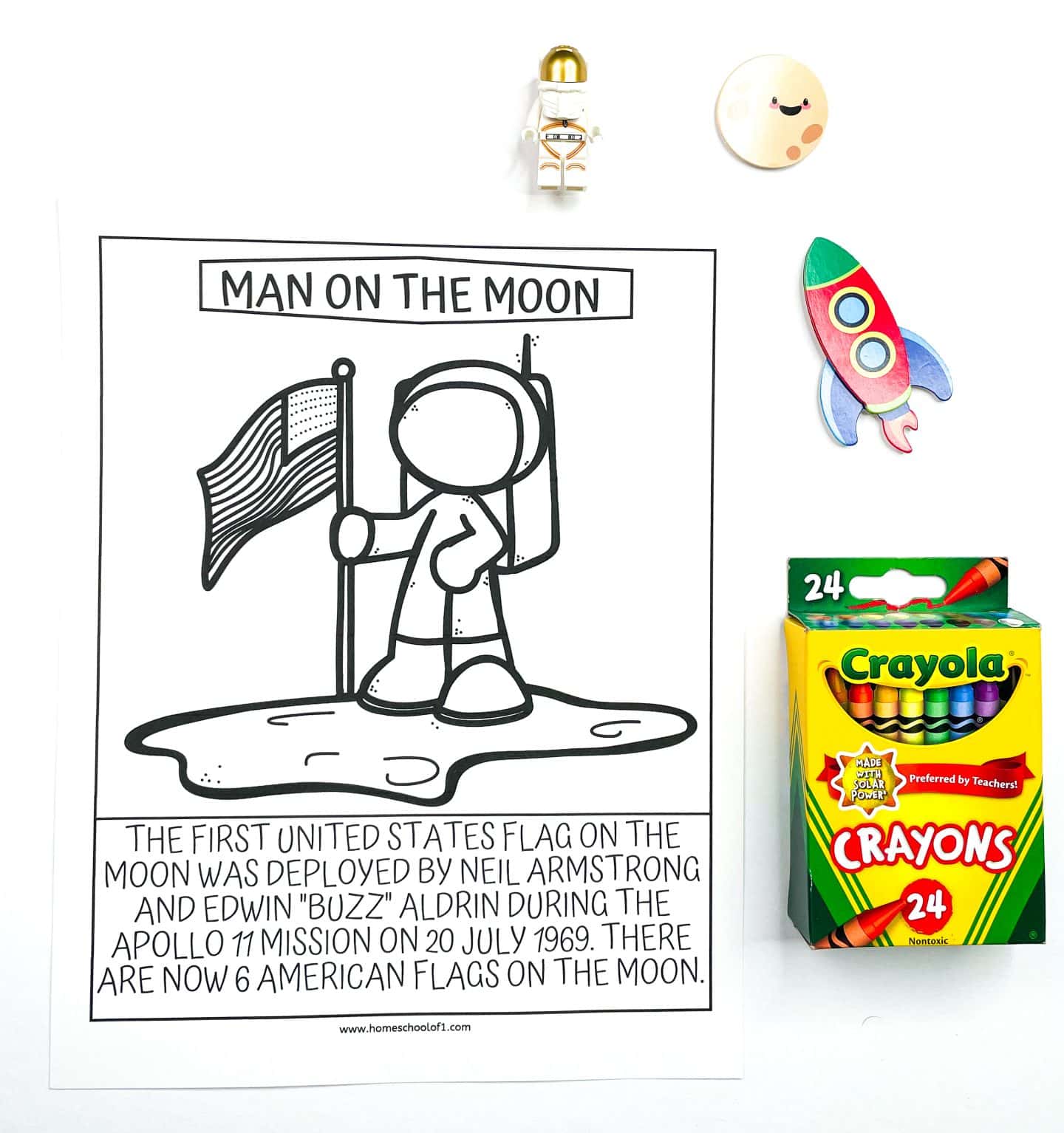
These American Flag Day history worksheets are a fun way to reinforce what kids have learned, and they’re ready to print and use right away.
Nicknames for the American Flag
The American flag has earned several popular nicknames over the years, each highlighting a different part of its symbolism and history:
- Stars and Stripes – This nickname refers to the most recognizable features of the flag: its fifty stars representing the states and its thirteen stripes honoring the original colonies.
- Old Glory – First coined by Captain William Driver, a 19th-century American sea captain, who named his personal flag “Old Glory” after it survived many voyages. The name stuck and is now a beloved symbol of patriotism.
- Star-Spangled Banner – This name became famous after Francis Scott Key wrote the poem “The Star-Spangled Banner” during the War of 1812, inspired by the flag flying over Fort McHenry. The poem later became the lyrics to the U.S. national anthem.
These nicknames capture the pride, resilience, and history woven into the American flag’s design.
Best Children’s Books About the American Flag
Over the years, we’ve found that books make it much easier to spark meaningful conversations about the American flag. These are a few favorites that worked really well for us:
F Is for Flag – When my son was in kindergarten, this was one of the first books we read to start talking about the flag. It’s simple, colorful, and a great introduction for younger kids.
Why Are There Stripes on the American Flag? – My son always wanted to know “why?” about everything, and this book gave really clear, age-appropriate answers about the design and meaning of the flag.
I’m Your Flag So Please Treat Me Right – We loved this one because it made the flag feel like a real character, teaching respect in a way that stuck. It was one of those stories he wanted to read again just for fun.
America’s Flag Story – As he got a little older, this book helped fill in some of the bigger historical details without overwhelming him. A good bridge between simple picture books and more detailed history.
Red, White, and Blue: The Story of the American Flag – This one became a go-to for our Flag Day activities because it ties the history of the flag to big events kids recognize, like Independence Day.
Each of these books pairs perfectly with free printable US flag coloring pages if you want to build a full mini-lesson around American symbols.
Patriotic Holiday Worksheets for Kids
If you’re planning a full patriotic theme in your classroom or at home, these free printable activities work really well alongside the Flag Day worksheets:
- Memorial Day color by number – A simple, meaningful way for younger kids to honor the day while practicing number recognition and fine motor skills.
- Declaration of Independence worksheet – This printable helps kids connect with one of America’s most important documents in a way that’s age-appropriate and easy to understand.
- Fourth of July scavenger hunt – A fun, active way to celebrate Independence Day, perfect for families or classrooms looking for a mix of movement and learning.
Each of these activities ties back to important American symbols and values, making them a great fit for patriotic celebrations all summer long.
Need to print later? Add this to your Pinterest board or share it on Facebook. You’ll have it handy whenever you’re ready to use it!
Get the free Flag Day Coloring Pages Here!
Ready to grab your free printable? Just pop your name and email into the form below, and it’s all yours!
If you don’t see the form below, click here to get the free American flag history worksheet.
Last Updated on 11 May 2025 by Clare Brown

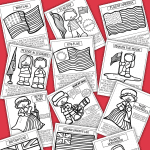
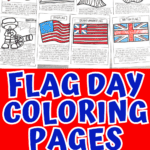
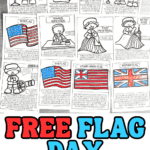
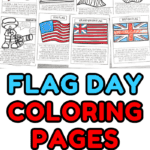
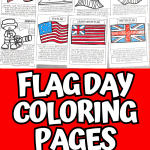
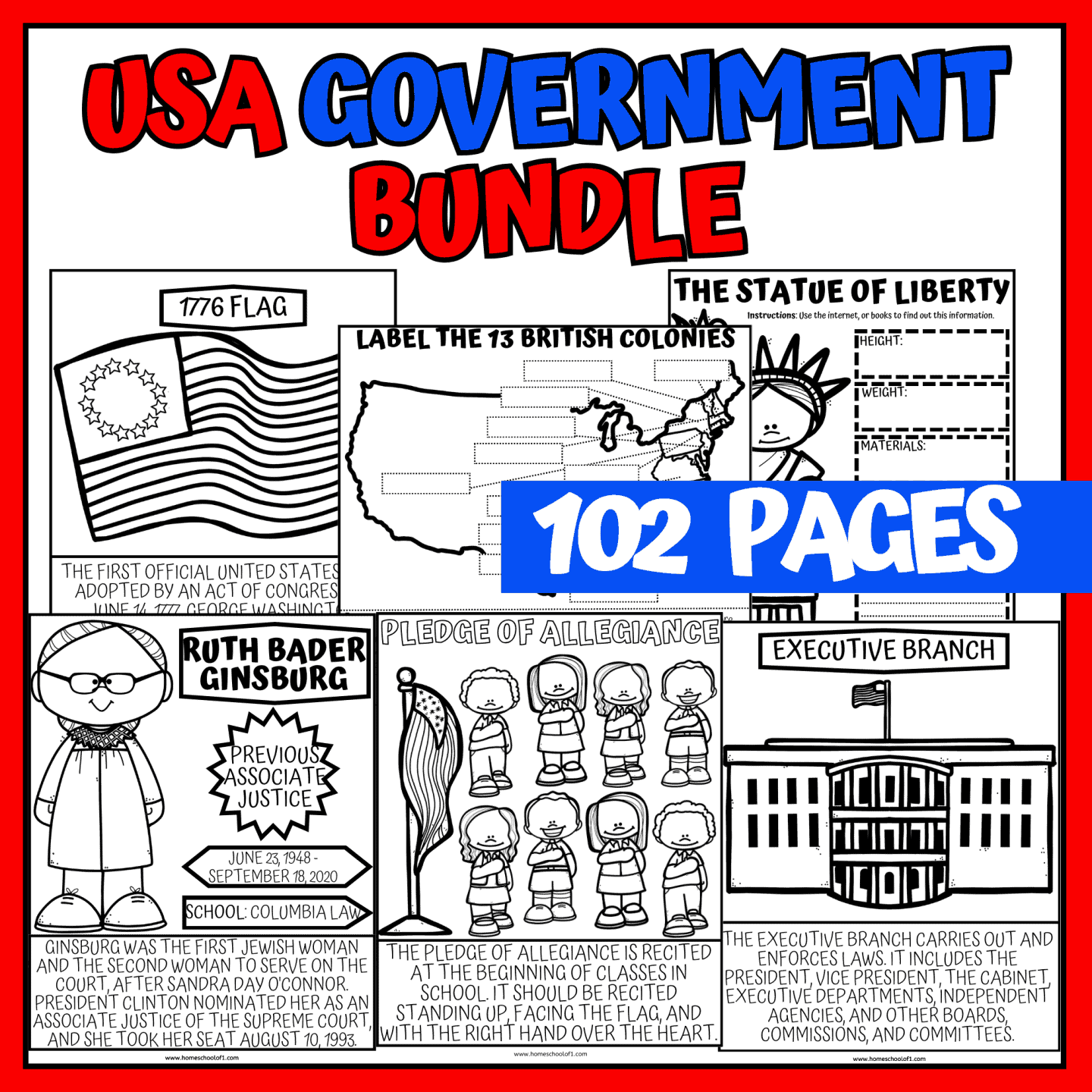
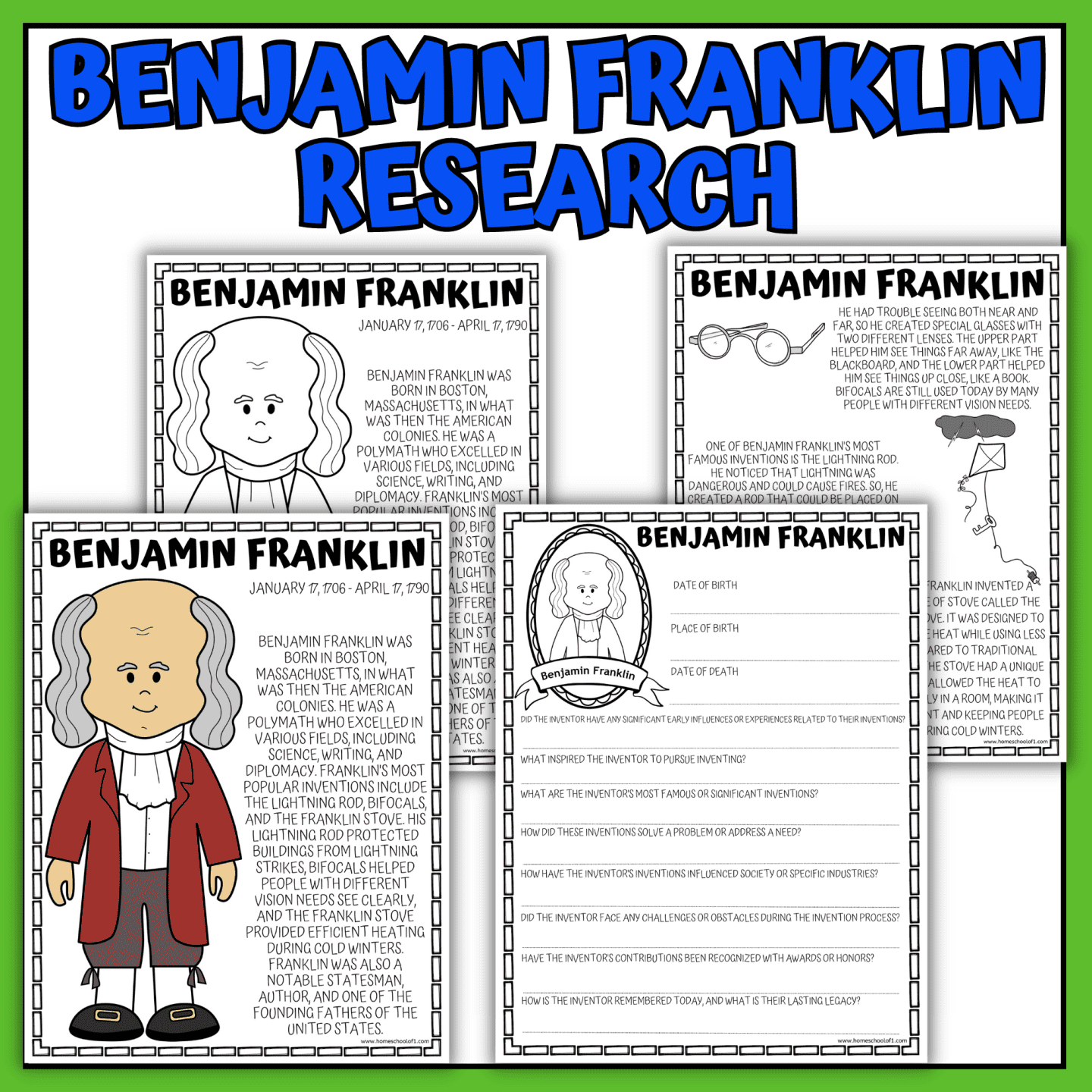
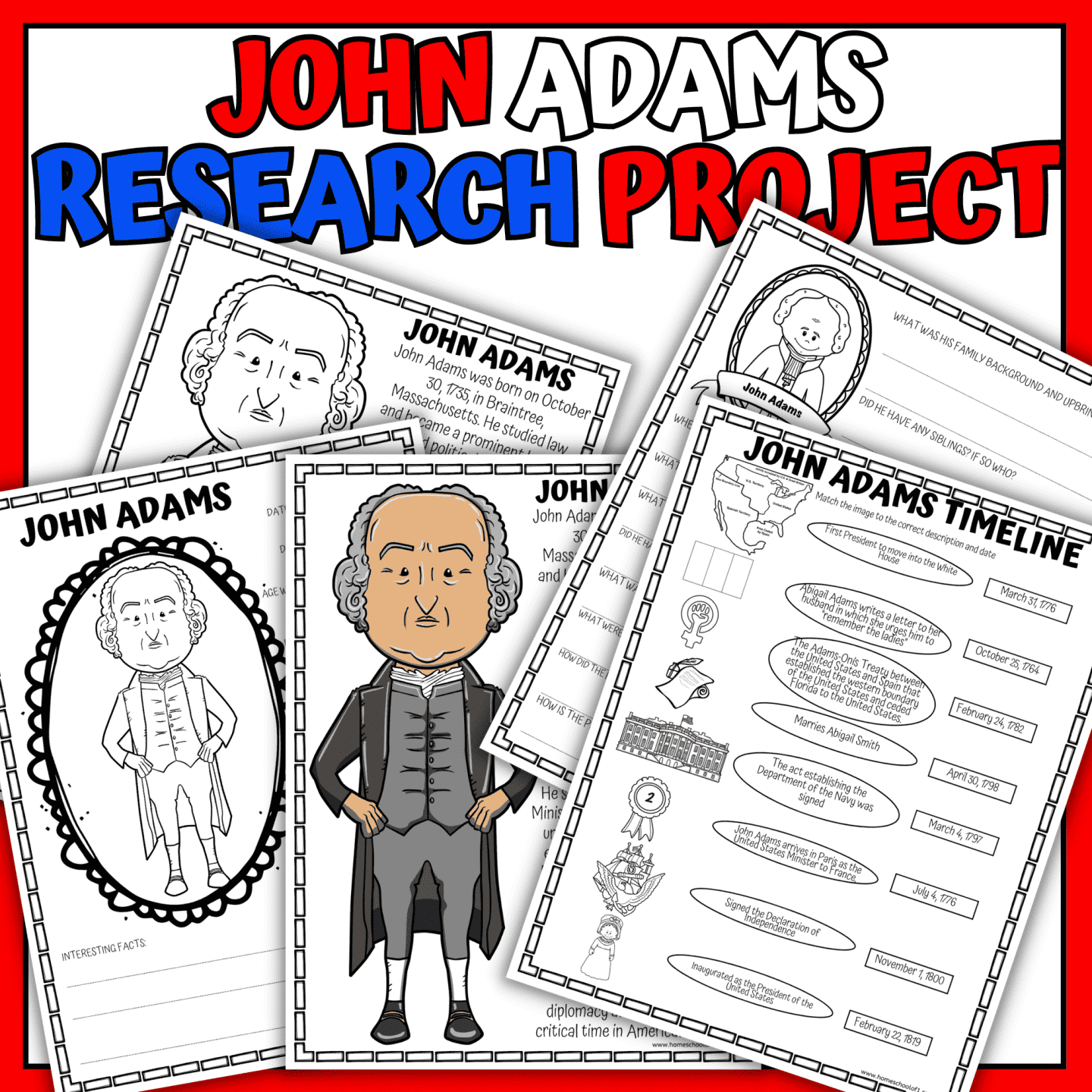
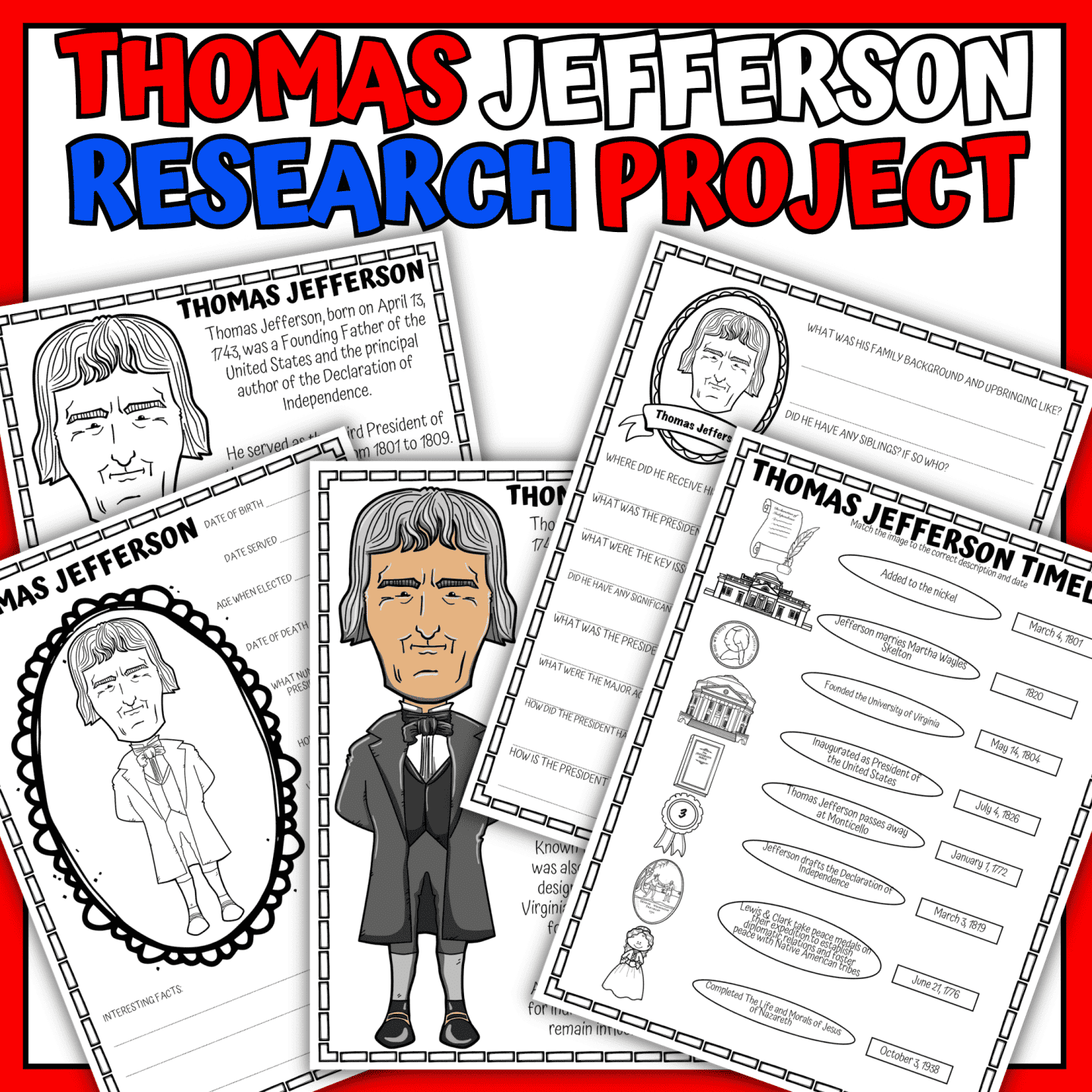

thank you
My pleasure I hope the kids enjoy them 🙂
The Flag Day Worksheets provide a huge improvement in children’s understanding of the complicated origin of our National flag. Below is more information for further clarification.
1. The Grand Union Flag served as America’s unofficial National flag from December 3, 1775, to June 14, 1777. The first person to raise this flag was Continental Navy Lieutenant John Paul Jones aboard the Continental Navy Ship “Alfred” in the Delaware River. On January 1, 1776, General George Washington raised the Grand Union Flag at his headquarters in Cambridge, Massachusetts. The Grand Union Flag was America’s unofficial National flag on our first Independence Day — July 4, 1776. (Source: “Our Flag.” Joint Committee on Printing. United States Congress. H. Doc. 100-247. Washington: U.S. Government Printing Office. 1989. p. 3, https://nps.gov/parkhistory/online_books/flag/h_doc_100-247/index.htm)
2. According to the U.S. government, there is no proof that Betsy Ross made the first Stars and Stripes flag. The story is based on Ross family tradition from 1870 — nearly a century after the Revolutionary War. Although Mrs. Ross made flags for 50 years, she made flags for Pennsylvania’s navy during the Revolution. Lastly, the so-called “Betsy Ross Flag” dates from the early 1790s — not from the Revolution. (Source: “Our Flag.” p. 2, https://nps.gov/parkhistory/online_books/flag/h_doc_100-247/index.htm)
3. General George Washington — Commander-in-Chief of the Continental Army — had nothing to do with creating the Stars and Stripes because it was a naval affair. Congress’ Marine (maritime) Committee authored the U.S. Flag Resolution of June 14, 1777. (Source: “Our Flag.” p. 1, https://nps.gov/parkhistory/online_books/flag/h_doc_100-247/index.htm)
To the contrary, General Washington was concerned about creating a standard Army flag — not the Stars and Stripes — to be carried along with each Army regiment’s flag. These flags are called “colors.” (Source: Furlong, William Rea and Byron McCandless. “So Proudly We Hail: The History of the United States Flag.” Washington: Smithsonian Institution Press. 1981. pp. 117 [bottom] to 119.)
4. Congress never created a committee to design or create the Stars and Stripes. As mentioned in point No. 3 above, Congress’ Marine Committee authored the U.S. Flag Resolution of June 14, 1777. This was nearly a year after the Declaration of Independence was adopted. Creating an official National flag was a lower priority because of the preexising Grand Union Flag. Congress’ higher priority was creating the Great Seal of the United States to denote America’s sovereignty. Congress created a committee to design the Great Seal of the United States on Independence Day — July 4, 1776. (Source: “The Great Seal of the United States.” United States Department of State. Washington: U.S. Government Printing Office. Feb. 1986. p. 1.)
5. Betsy Ross was not associated with her eponymous flag until Charles H. Weisgerber painted “Birth of Our Nation’s Flag” for the Columbian Exposition in Chicago in 1893. Sources:
(a) Furlong and McCandless. pp. 116 and 117.
(b) Harker, John Balderston. “Betsy Ross’s Five Pointed Star: Elizabeth Claypoole, Quaker Flag Maker — A Historical Perspective.” Melbourne Beach, FL: Canmore Press. 2005. p. 94.
Submitted by Earl P. Williams, Jr., U.S. flag historian (paleovexillologist)
Thank you so much for taking the time to add all of these details about the American flag.